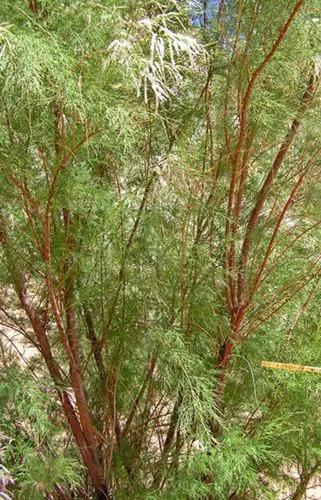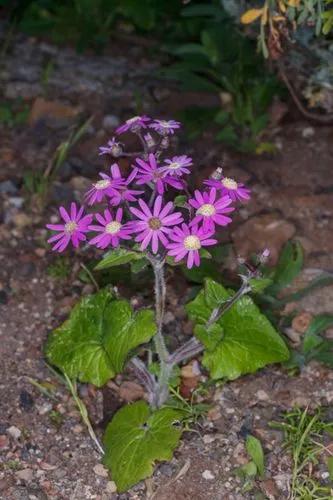s a tree in the family Fabaceae, commonly known in English as the fever tree.[2] This species of Vachellia is native to eastern and southern Africa (Botswana, Kenya, Malawi, Mozambique, Somalia, South Africa, Eswatini, Tanzania, Zambia, Zimbabwe). It has also become a landscape tree in other warm climates, outside of its natural range.Acacia species are common in tropical and subtropical Africa. Many of them are characterized by the formation of thorns. The leaves are doubly pinnate or are replaced by flattened petioles known as phyllodia, which perform the function of photosynthesis. Small golden-yellow, white or cream-colored flowers are collected in spherical capitate or cylindrical spike-shaped inflorescences, are often fragrant and form pollen attractive to bees in abundance. The fruits are round or flattened beans.
Twisted Acacia Care
Acacia Tortuosa



seeds covered with a hard shell remain viable for up to 30 years. In the spring, before germination, they should be heated and soaked. Some species require fire to germinate. In culture, many species grow rapidly, but are short-lived (live 10-15 years). In their homeland, they are often attacked by insects or fungi. Acacias grow best in full sun. Some people need partial shade. Very light-requiring. With a lack of light, it does not bloom. In winter, it is necessary to provide additional supplementary lighting for at least 4 hours a day.This decorative acacia is known to everyone mainly under the name "mimosa" - its twigs with yellow balls-flowers and small leaves can often be seen on sale in the spring. In fact, it has no direct relation to mimosa and only slightly resembles it during the flowering period. A large genus with over 1200 species of trees and shrubs. More than 700 come from Australia. There are small shrubs and tall trees. Many species have been introduced to other countries as decorative or economically valuable plants.
How to Care for the Plant

Popularity

8 people already have this plant 2 people have added this plant to their wishlists
Discover more plants with the list below
Popular articles






